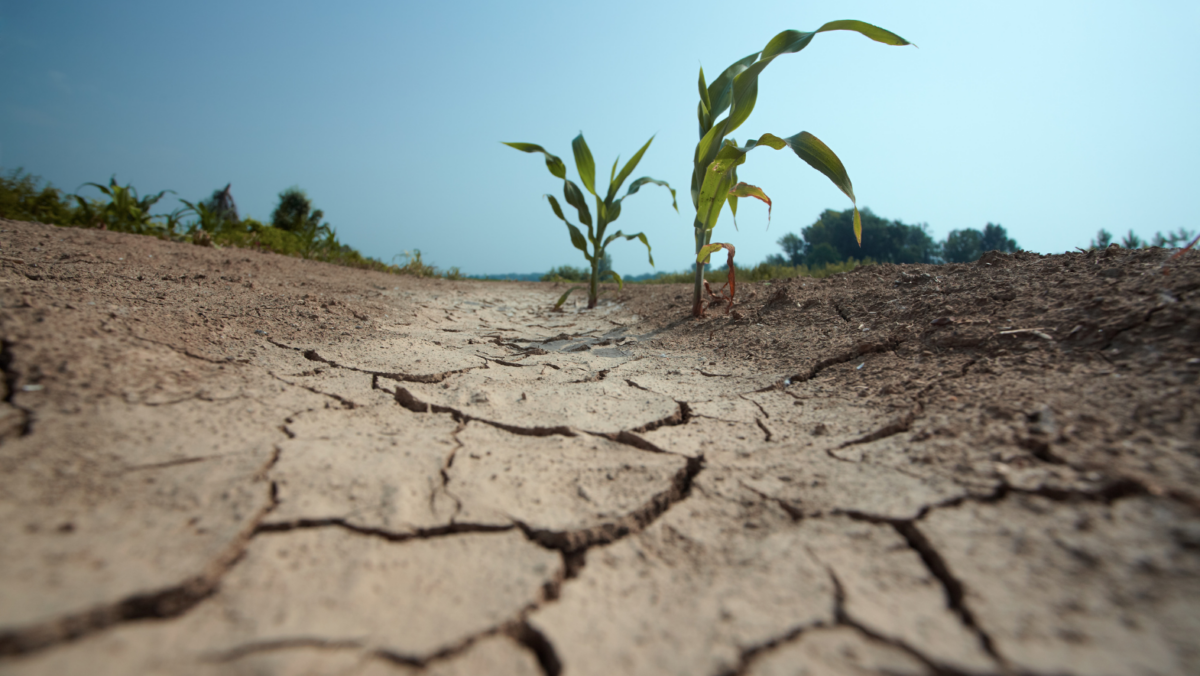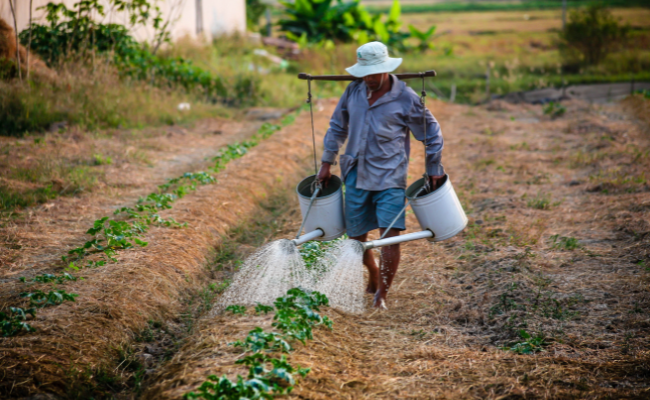Filipino farmers battle drought amid intense heatwave
 Filipino farmers face severe drought as the heatwave scorches farmland across the country.
Filipino farmers face severe drought as the heatwave scorches farmland across the country.
How severe is the drought that threatens farmers’ livelihood?
“You could push your fist through the cracks, that’s how severe it is for the rice farms,” said Daisy Leano, provincial information officer for San Jose, Occidental Mindoro.
Metro Manila hit a record high of 38.8 degrees Celsius on April 27, prompting class suspensions. The local government advised the public to stay indoors to protect themselves from the risk of heatstroke.
Dagupan in the northern province of Pangasinan recorded a staggering 51 degrees Celsius on April 29, showing the extreme conditions that scientists link to El Niño — a climate pattern that describes the unusual warming of surface waters in the eastern tropical Pacific Ocean. It amplifies heat and the dry season and can endanger crops and deplete water supplies.
Unprecedented crisis resulting from the heatwave

Local farmers like Daniel Velasco, 57, from the northern province of Nueva Ecija, pumps water from a well to save his withering crops. Rain has been elusive since November and he is worried about his crops – tomatoes and gourds.
Voicing his distress, Velasco said this heatwave will leave him deep in debt.
“I’m losing a lot of money,” he said. With half of his harvested crops wilted and groundwater irrigation drying up, the future looks bleak for Velasco.
“If there’s no water, how can I continue (farming)?” Velasco asked in desperation.
Other farmers in affected areas have echoed Velasco’s plight, deciding to grow vegetables instead of rice. But even this alternative failed, with insufficient rain.
Climate-Smart Agriculture (CSA) is a concrete way of helping the small-scale Filipino farmers increase their adaptive capacity to drought. #ConservationInternational works with #USAID, #CRS, and #ATI in institutionalizing CSA in Cotabato, Iloilo, Legazpi and Batangas. pic.twitter.com/esxCRGcMMJ
— Nature-Based Solutions in Cotabato (@ClimateCotabato) April 16, 2024
In Nueva Ecija, the dependence on Pantabangan Dam for water supply has become a growing concern as water levels drop, forcing farmers to plant crops requiring less water.
Crop losses are now estimated at over 4 billion pesos ($69 million) and with the severity of this heatwave, farmers may face further hardship.
In response to this crisis, over 100 municipalities and cities have declared a state of calamity, giving them access to tap calamity funds.
In a drought-stricken province in the South, Occidental Mindoro’s local government supported their rice farmers with financial assistance.
You may also like: What happens to your body during a heat wave
As farmers deal with impending threats to their livelihood, some residents around the country are also experiencing water scarcity.
In the cities of Cebu and Bacolod, fire trucks have been deployed to distribute water to residents.
Grappling with the worst drought in years, the agricultural sector remains on edge, hoping for rain to come mid-May to help alleviate the crisis.

